17. Satoshi Kon (1963 – 2010)
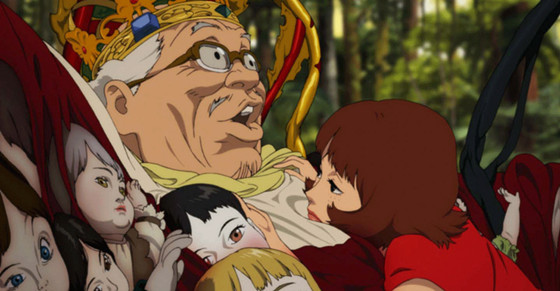
One of the great minds of modern Japanese animation, Satoshi Kon pushed the boundaries of the style and content of the medium, delivering timeless stories that were more realist than most anime films but still lended themselves to the animated format greatly. Like all great directors of animated films, Kon started out primarily as an animator for other projects. He wrote many manga comics for years before moving over to film.
In 1997 Kon got his first chance to direct and write his first feature film and his result was Perfect Blue. The acclaimed thriller follows a young pop star who is making her transition into acting but has to deal with a violent stalker whose obsession grows. As events transpire the young girl loses track of herself and the character she is playing, all the while trying to keep safe from her obsessed fan.
The film made quite a splash, not only for its effective storytelling but for its dark and disturbing subject matter which was uncommon in animated films at the time. Kon directed just three more films and a series before his untimely death due to cancer but each project is as insightful and visionary as his first.
Millennium Actress is about filmmakers uncovering the life of a famed performer for a documentary, Tokyo Godfathers is about three strangers who find a baby and team up to take care of it and Paprika, Kon’s masterpiece, is an inventive psychological film about dreams and their power. Kon also created the mini-series Paranoia Agent about the lives of those affected by a crime wave.
16. Takeshi Kitano (1947 – present)
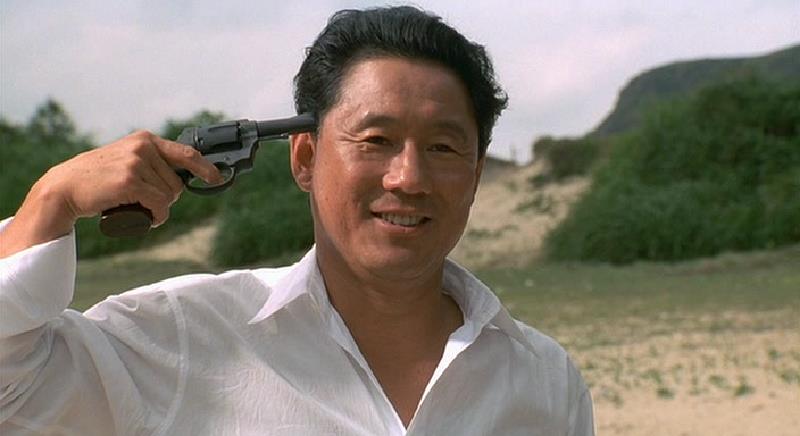
Takeshi “Beat” Kitano is one of the most striking voices in modern Japanese cinema. IN his home country, Kitano became famous as a comedian and rose to fame as half of the duo “Two Beat” and kept rising until he was one of the biggest comedians in the country.
It wasn’t until the 1990s that Kitano actually started into the directing business with his film debut Violent Cop, a film Kitano was acting in whose director dropped out. From then on Kitano went down the directing and writing path, creating clever crime comedies.
The yakuza crime organizations became a main focus of Kitano’s films from here on, partially because he got to know many of the crime leaders during his time as a major comedian. His breakthrough film was Sonatine which starred Kitano as a Yakuza soldier who wants to get out of the business. Over the next two decades Kitano directed and starred in some of the biggest Japanese films of the era. Some of his other most notable films included Hana-bi, Zatoichi and Outrage.
15. Teinosuke Kinugasa (1896 – 1982)
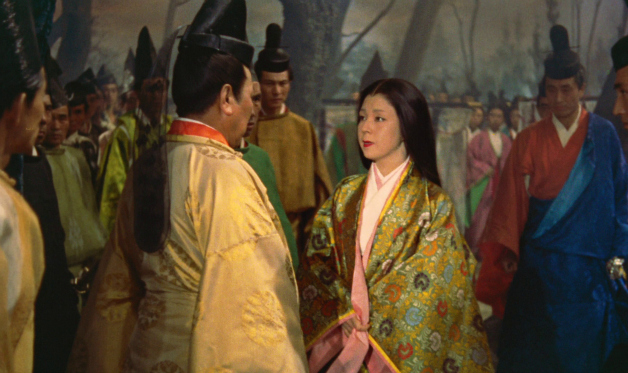
One of the most important of early Japanese directors, Teinosuke Kinugasa helped revolutionize the medium in many ways. Kinugasa originally got his start in movies, however, as a character actor who often played the female roles in the silent films, before women appeared in Japanese movies.
Once women started acting, he realized that he needed a new profession so he switched to the director’s chair. Soon Kinugasa had created his first masterpiece, the avant-garde silent horror film A Page of Madness about an insane asylum.
He continued making films through the silent period and on into the 60s. His output, especially in the early section of his career, was far less than many of his peers, making his name less famous but his films more special and thought out.
Another great film that shows Kinugasa’s cinematic genius is the passionate drama Gate of Hell, a period drama about a samurai who falls in love with an engaged woman and sets out to get rid of his competition. The powerful film won the Palme d’Or at Cannes and displayed Kinugasa’s brilliant balance of the mastery of form and emotion. While his filmography may not be as long as some of his peers, his career is just as impressive.
14. Mikio Naruse (1905 – 1969)
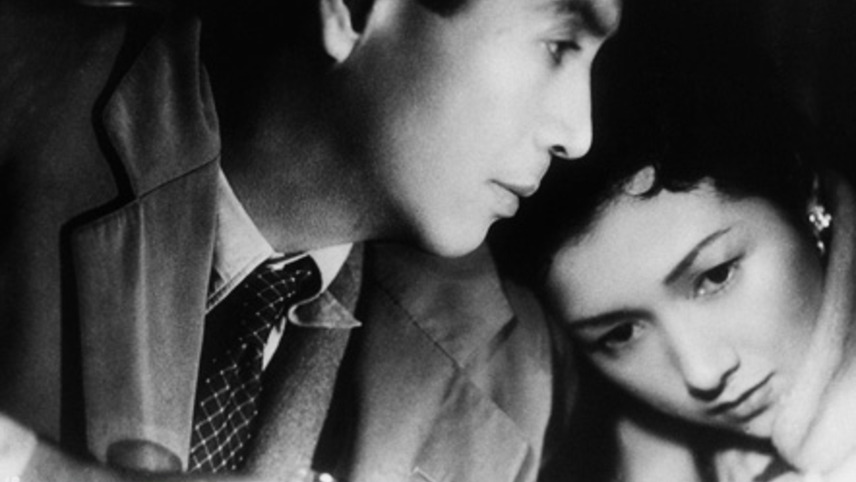
Another early practitioner of film in Japan, Mikio Naruse was one of the premiere directorial talents of the time. His focus, similar to his peer Yasujiro Ozu, was on the personal relations and social structure of Japan. In the country, Naruse’s reputation is equal to that of the other big greats of Japanese cinema, but internationally his fame is not as strong. His directorial career started back during the silent period and continued through the 1930s with sound films, putting out over three films per year, on average.
His film style is notable for its minimalist style, with little dialogue and tame camerawork. These qualities make for a relatively unexciting viewing experience but, if the viewer pays attention, pays off with powerful and important stories about the culture.
Some of the most notable films of Naruse’s include Floating Clouds about the struggle of identity in post-war Japan, and When a Woman Ascends the Stairs, a film about a widow who tries to make ends meet when found having to fend on her own. After Naruse’s death, his popularity dwindled, unfortunately, and his movies never quite caught on across the world. Still, to students of Japanese cinema Naruse is an essential name in film history.
13. Ishiro Honda (1911 – 1993)
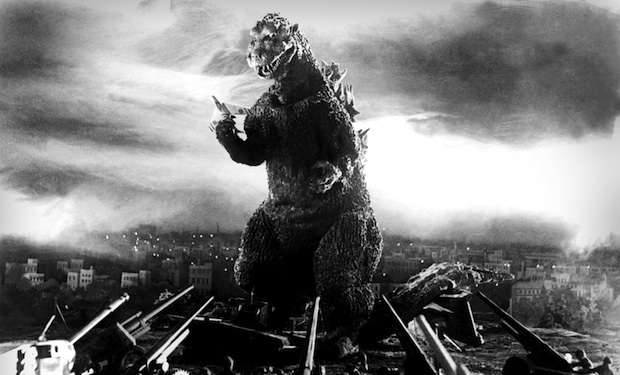
The father of Kaiju movies, Ishiro Honda is arguably the most influential Japanese director of all time, starting the monumental monster craze that swept the world. Honda started directing films after the end of World War II, in which he was a prisoner of war and saw first hand the horrors of combat. He started with a handful of typical studio dramas and romances with otherwise forgettable plot.
Then, in 1954, Honda created his greatest work and most influential picture, Godzilla. The iconic disaster film about the giant lizard creature was originally conceived as a warning against nuclear weapons but its popularity stemmed from the revolutionary effects.
Godzilla became an international sensation, spawning dozens of sequels and two remakes propelled Honda to the top of the pack in Japan. Although his critical acclaim was not terrific, his public popularity was unmatched. Following this breakthrough Honda made several other Godzilla films as well as new monster movies.
Movies like Rodan and Mothra introduced new giant creatures to the Godzilla universe, allowing for combined movies to be made showing the different creatures battling. When seen by modern audiences, the simple effects of Honda’s films seem incredibly outdated compared to new effects but his innovations to the medium were tremendous at the time and had one of the largest international influences of any Japanese director ever.
12. Takashi Miike (1960 – present)

Takashi Miike is probably the most exciting and controversial director of Japan still working today. His range is also one of the widest of any working director, making very graphic, disturbing films to goofy, family movies.
Starting in the early 1990s, Miike started cranking out projects, some with tiny budgets, and started earning a name for himself. A good early film of Miike’s during this period was The Bird People of China which, like so many of Miike’s films, focused on the yakuza but had a more meditative atmosphere than most of his major films to follow.
Shortly after this, Miike had his first international success with Audition, a horror film about a man who holds auditions for a bride, but the girl he chooses is not what she first appeared to be. The film’s brutal violence and dark themes shocked audiences but bolstered Miike’s career considerably, and his career took off from there.
Since the new millennium, Miike’s has turned out an astonishing number of films. Some of the most notable are the stylized yakuza films Dead or Alive and Ichi the Killer, as well as the modern samurai masterpiece Thirteen Assassins.
11. Nagisa Oshima (1932 – 2013)
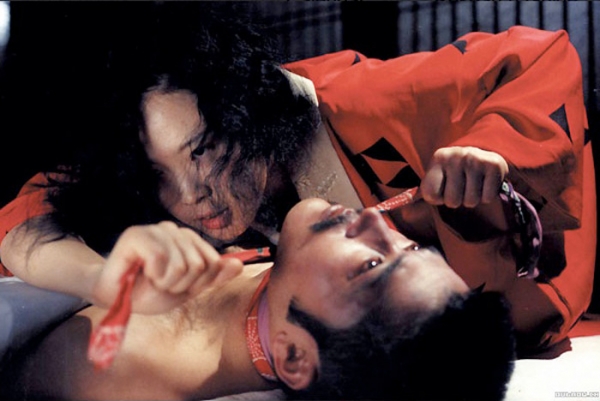
One of the most subversive directors in Japanese history, Nagisa Oshima set out from the beginning to make a different kind of film. His early works were politically driven, such as Night and Fog in Japan, which gave Oshima a reputation early in his career as being against the typical studio way of filmmaking.
After starting his own studio, Oshima made of a series of socially driven films, as well as honing his craft and drawing influences from Western storytellers like Bertolt Brecht.
In 1976, Oshima reached new levels of fame with his extremely controversial film In the Realm of the Senses, an erotic movie with graphic and infamously unsimulated sex scenes which make the uncut version still banned in Japan to this day. Despite its critics, the film rocketed Oshima’s reputation internationally and his next, similarly themed movie, Empire of Passion won numerous high profile awards.
After this large success Oshima slowed down, only making three more films until his retirement from filmmaking in 2000: Merry Christmas, Mr. Lawrence, a true story about a Japanese POW camp featuring David Bowie, Max, Mon Amour about a woman who takes a chimpanzee for a lover and Taboo, a samurai film that explores homosexual themes.
10. Kon Ichikawa (1915 – 2008)
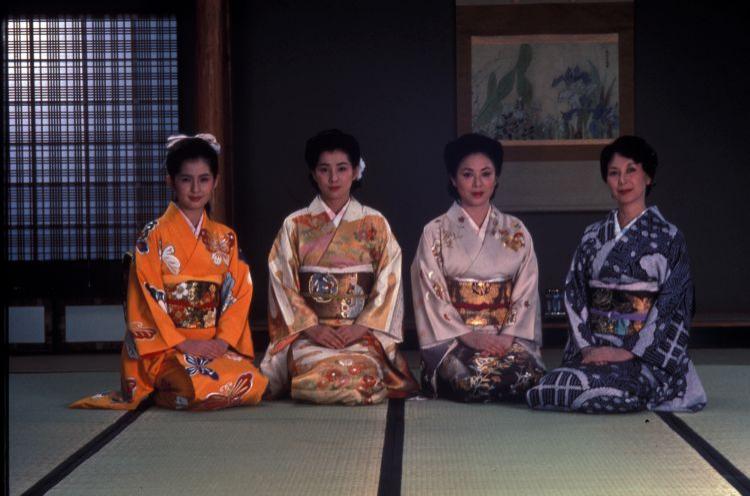
Director Kon Ichikawa was one of the most famous Japanese directors internationally during his career. His films were both very accessible as well as deeply moving and the focuses of his films were quite varied. He made several period films as well as more adventurous films,, exploring science fiction tales and grittier storylines.
An admirer of film since he was very young, Ichikawa grew up on classic Western films by Walt Disney and actually started his career as an animator. He soon moved on to become a director of feature of films and many of his early projects were penned by his wife and long time artistic partner Natto Wada.
The two most notable films of Ichikawa’s early career were the two anti-war films The Burmese Harp and the controversial film Fires on the Plain, both of which became international sensations. His next great task was the official documentary of the 1964 Olympic games, Tokyo Olympiad, which was a project given to him after Akira Kurosawa had been kicked off for being too controlling.
The film was a revolutionary work for sports documentaries, focusing on the atmosphere and the human side of the games rather than focusing on the winners for dramatic effect. Ichikawa continued to make terrific films into his old age and some notable movies from his later life include the classic drama The Makioka Sisters and the cult science fiction film Princess from the Moon.
9. Seijun Suzuki (1923 – present)
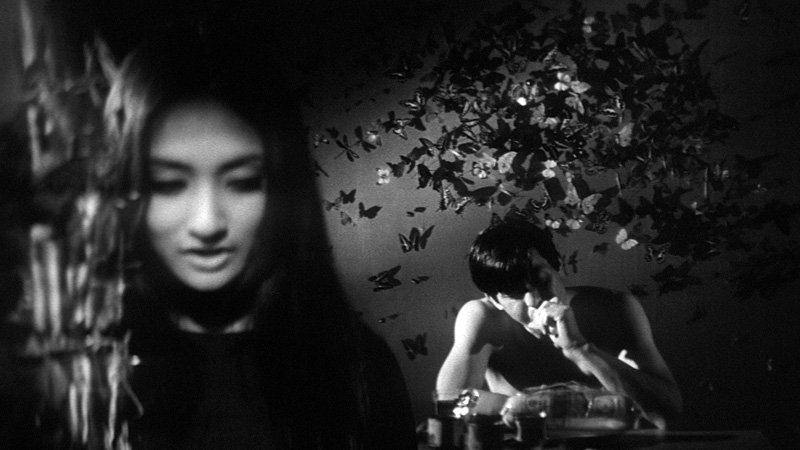
There are many directors throughout the history of Japanese cinema who have gone against the grain of the typical studio fare, but none can match the vibrant rebellion that is the filmography of Seijun Suzuki. While the plots of Suzuki’s movies were not much to speak of, his fresh stylistic approach and cool treatment of the settings set him far apart from his colleagues, drawing many critics as well influencing many other filmmakers.
Suzuki’s unique ideas can be tied closely to the circumstances under which he was working, for Suzuki was a contract filmmaker for the Nikkatsu Company and had to crank out several cheap films every year with little say in what project he could take on.
It is for this reason that Suzuki had to find other ways in which to express his creative ideas and began to weave his signature style into the formulaic B-movies, mostly about the Yakuza or other criminals. In doing so, he reinvented the “cool” vibe of Japanese cinema, a style that has been borrowed by many great filmmakers following, such as Takeshi Kitano and Quentin Tarantino.
From 1956 until 1967, Suzuki made over 40 films for Nikkatsu. In the early years, the films are not very notable but by 1963 Suzuki had developed his style enough to lift the basic storylines and came out with the innovative movie Youth of the Beast. His films to follow had noticeably more originality and the films Tokyo Drifter and Branded to Kill have gone on to become some of the most iconic Yakuza films of all time.